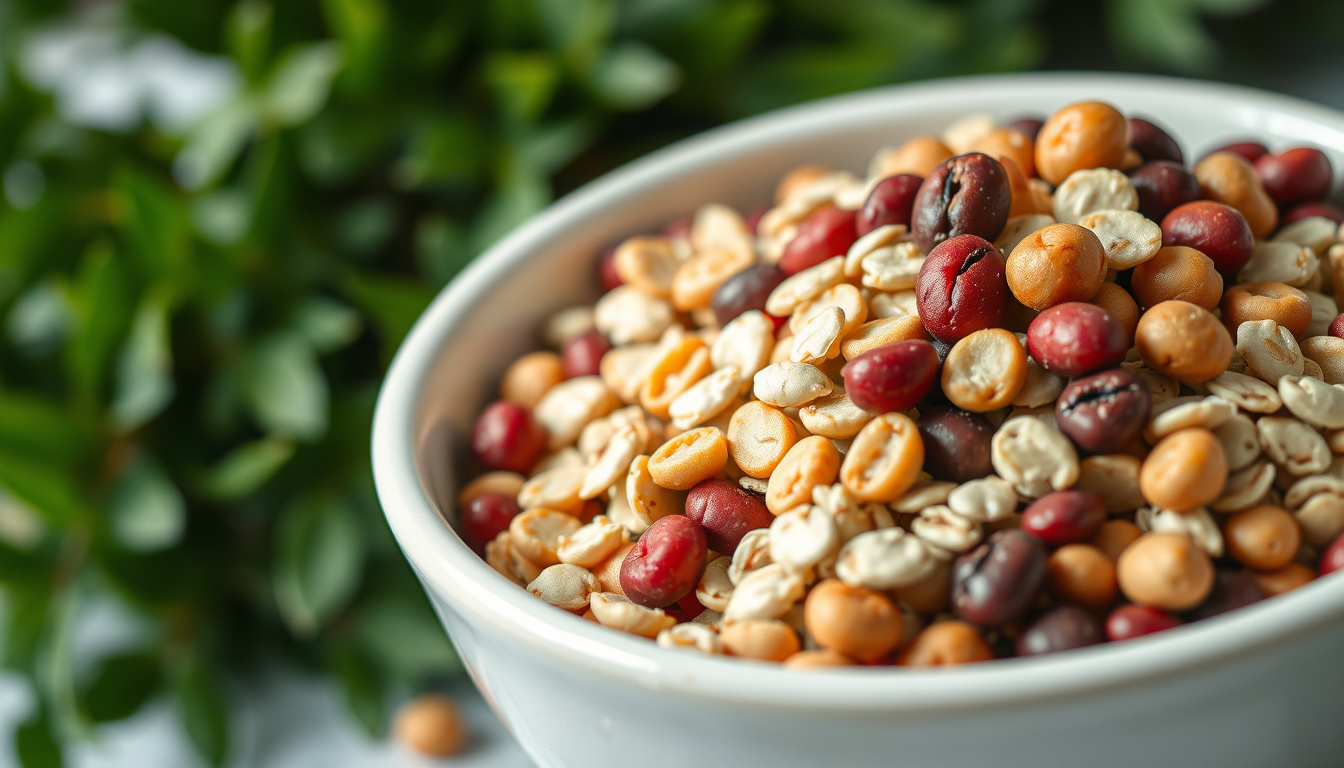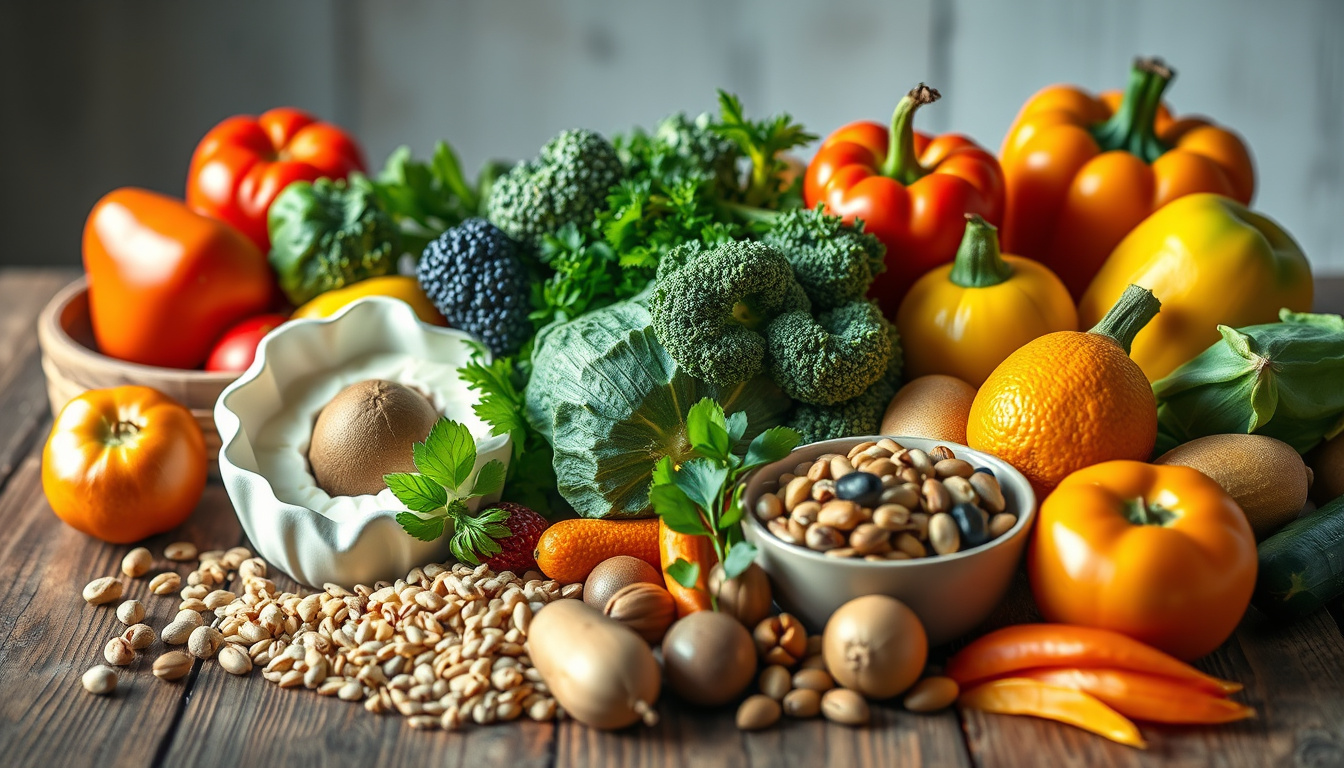In today’s health-aware world, we value what dietary fiber does for us. Eating enough fiber helps your body in many ways, from smooth digestion to lower risks for long-term illnesses. If you want to get the most from your meals, learning how fiber works and finding ways to add it to your food is key. This article shows you fiber’s benefits, gives you simple tips to add more, and lists places to find it in your daily diet.
What Is Dietary Fiber and Why Does It Matter?
Dietary fiber is the part of plant food that your body cannot break down. Fiber helps with digestion and works in your heart, sugar levels, and weight control.
The two types of fiber are:
- Soluble fiber: It mixes with water to form a gel. This kind helps lower bad cholesterol and keeps sugar levels steady. You can find it in oats, beans, lentils, fruits like apples and oranges, and barley.
- Insoluble fiber: It adds bulk to stool and helps food pass through your intestines. Whole grains, nuts, seeds, and fruit and vegetable skins contain this kind.
Mixing both types ensures a full range of health gains.
The Health Benefits of Dietary Fiber
Knowing how fiber works can help you choose more fiber-rich foods. Here are some core gains:
1. Improves Digestive Health
Fiber adds bulk to stool, which makes it easier to pass and cuts the risk of constipation. A diet with fiber also feeds good bacteria in your gut.
2. Supports Heart Health
A diet rich in fiber, especially the soluble kind, can lower bad cholesterol levels. The FDA notes that foods with this type of fiber, like oats and barley, help keep the heart strong.
3. Stabilizes Blood Sugar Levels
Soluble fiber slows how fast sugar goes into the blood. This slow pace helps keep sugar levels calm, which is useful for people with or near diabetes.
4. Aids in Weight Management
Fiber-rich foods fill you up faster. When you feel full, you tend to eat less. This helps with keeping a healthy weight.
5. Reduces Risk of Certain Cancers
A fiber-rich diet has links to lower risks for colon cancer. Fiber helps move waste out faster, which cuts the time harmful substances stay in the colon.
How to Increase Your Dietary Fiber Intake
You can boost your health by adding more fiber to your routine. Here is a guide with simple steps:
Practical Tips for Incorporating Dietary Fiber
- Start your day with a high-fiber breakfast: Pick cereals that give at least 5 grams of fiber per serving or stir oats into your smoothie.
- Choose whole grains: Change white bread, rice, and pasta for whole-grain types.
- Eat different fruits and vegetables: Try to have five servings each day. Have raw fruits, veggie sticks, or cooked meals.
- Snack on nuts, seeds, or legumes: They bring both soluble and insoluble fiber.
- Mix beans or lentils with meals: Add them to salads, soups, or serve them as sides.
- Check food labels: Find products that name fiber in their key parts or list a high amount.
- Increase fiber slowly: Boost your intake gradually and drink enough water to keep your gut happy.
The Recommended Daily Intake
The Dietary Guidelines for Americans suggest that you try to eat:
- Men: 38 grams (up to age 50), 30 grams (over age 50)
- Women: 25 grams (up to age 50), 21 grams (over age 50)
Meeting these goals can help your overall health.
Top Sources of Dietary Fiber
Here is a list of foods strong in dietary fiber:
- Legumes: Lentils, chickpeas, black beans
- Whole grains: Quinoa, oats, brown rice, whole wheat bread
- Fruits: Apples, pears, berries, oranges, bananas
- Vegetables: Carrots, broccoli, Brussels sprouts, sweet potatoes
- Nuts and seeds: Almonds, chia seeds, flaxseeds
- Other: Air-popped popcorn, oats, barley
Eating different fiber-rich foods can help you reach your daily fiber goal and enjoy its many benefits.
FAQs About Dietary Fiber
1. How much dietary fiber should I aim for daily?
Adults should try to eat between 25 and 38 grams each day. Your age and sex play a part. Ask your healthcare provider to help set the right goal for you.
2. Can I get enough dietary fiber from supplements?
While fiber pills are available, food is the best source. Whole foods carry other nutrients that work well with fiber to boost your health.
3. What are the signs of eating too little or too many fibers?
Low fiber can lead to constipation or irregular bowel movements and discomfort in your gut. Too much fiber sometimes leads to bloating, gas, and cramps. It is best to add fiber one step at a time and drink plenty of water.
The Role of Dietary Fiber in Long-Term Health
Getting enough fiber in your meals can help fend off long-term sickness like heart disease, diabetes, or some cancers. Fiber works with your body to control sugar and fat levels and to cut inflammation.
World health experts say that diets rich in fiber help reduce many long-term health problems. Filling your plate with fiber-rich foods is a sound way to care for your health now and in the years ahead.
Take Action Today to Maximize Your Health Benefits
Are you set to use the power of dietary fiber? Start small by adding one more serving of fruit or by swapping white bread with whole grains. Watch your intake, set clear targets, and slowly add more fiber until you feel good.
Changing your diet need not feel like a big task. With steady steps and careful food choices, you can improve your digestion, support your heart, and boost your overall energy.
Your path to better health begins with a simple move—choose fiber for your meals and enjoy its lasting benefits.




